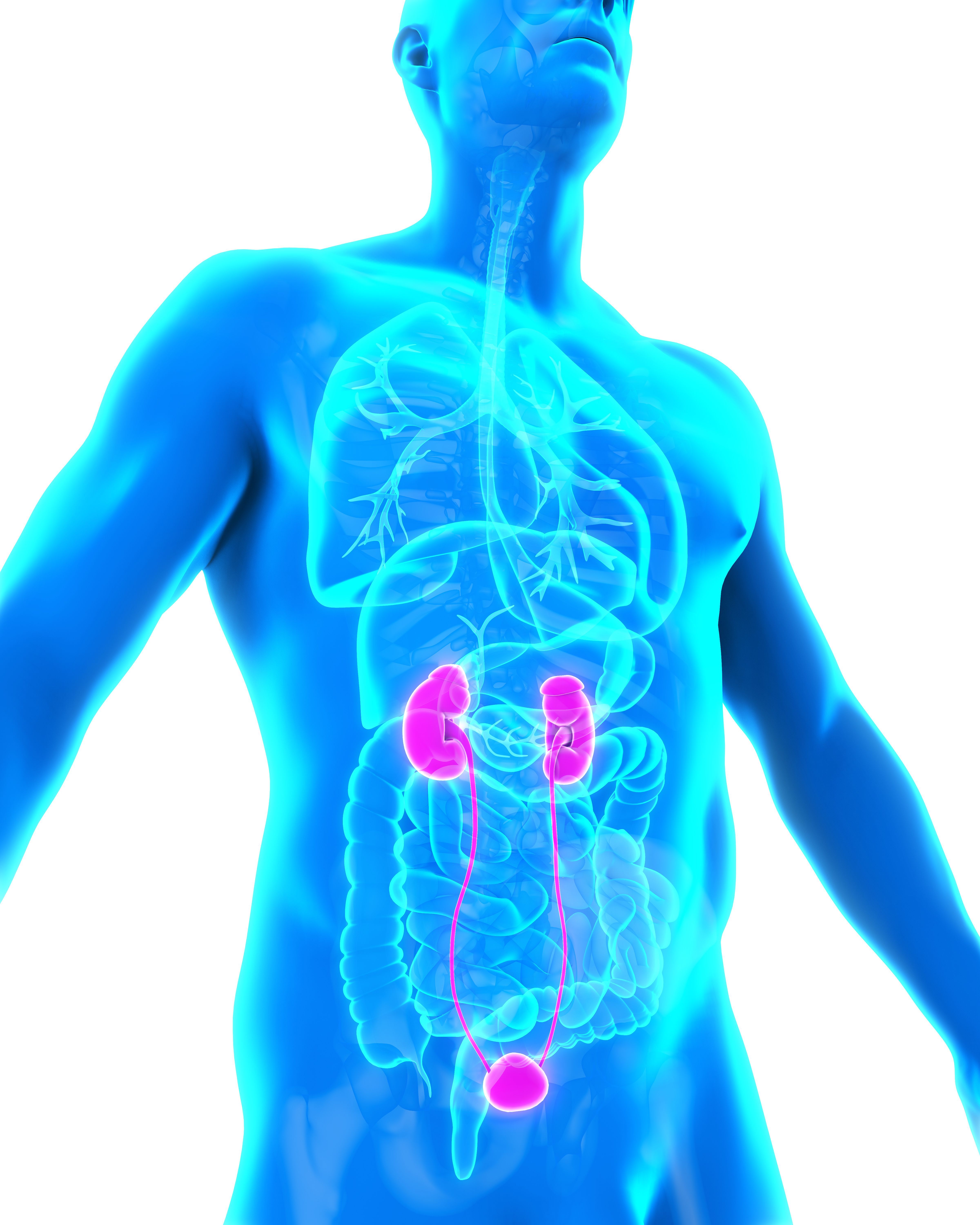Olaparib Improves Efficacy in BAP1-mutated RCC
The phase 2 ORCHID trial met the respecified end point of Simon stage 1 design for patients with BAP1-mutated renal cell carcinoma.
The phase 2 ORCHID trial met the respecified end point of Simon stage 1 design for patients with BAP1-mutated renal cell carcinoma.

The interim analysis of the phase 2 ORCHID trial (NCT03786796) elicited favorable anti-tumor responses when patients with BAP1 or other DNA repairs (DDR) gene mutations were treated with olaparib (Lynparza), which were presented at the 2023 Kidney Cancer Research Summit.
Treatment with the agent resulted in a disease control rate (DCR) of 18% in this population (n = 11). The objective response rate (ORR) achieved with olaparib was 9%, and the stable disease (SD) rate was 18%. Moreover, 27% of patients experienced tumor reduction, including 2 patients who had BAP1-mutated disease. One of those patients achieved a durable partial response (PR) to treatment, and the other experienced prolonged SD lasting for 10 months.
“The study met the prespecified end point for Simon stage 1 design, and current [is] in stage 2,” lead study author Yasser Mohamed Ali Ged, MBBS, said in a presentation of the data. Ged is the co-director of the Kidney Cancer Research Program and an assistant professor of oncology at Johns Hopkins Medicine. “…Further exploration of the results with correlative studies are underway, which will support future PARP inhibitor study designs in RCC.”
DNA damage repair gene mutations are frequently found in several cancers, including RCC, and it is known that PARP inhibition results in cancer cell death via the synthetic lethality mechanism. Ged noted that several of these agents have regulatory approval for use in several solid tumor indications, including ovarian cancer, breast cancer, pancreatic cancer, and prostate cancer.
“BAP1 is a tumor suppressor gene [that] is well known to the audience here and is known to be associated with aggressive RCC tumors and regulates key cellular pathways, including the DDR pathway,” Ged explained. “It regulates key cellular pathways, including activity in the DDR pathway.”
Preclinical data have showcased the activity of PARP inhibitors in von Hippel-Lindau–deficient RCC cell lines. Ged added that research done at UT Southwestern also demonstrated the activity of PARP inhibition in BAP1-deficient cell lines. These early findings supported the rationale to evaluate the activity of olaparib in patients with metastatic RCC and DDR gene alterations.
The ORCHID trial, which utilized a Simon’s minimax 2 stage design, enrolled patients with advanced or metastatic RCC who previously received at least 1 prior line of systemic treatment and whose tumors harbored somatic or germline DDR gene alterations. To be eligible, patients were required to have an ECOG performance status of 0 or 1 and acceptable renal, hepatic, and hematologic function.
The list of DDR gene alterations on the protocol included BAP1, ATM, BRCA1, BRCA2, PALB2, CHEK2, BRIP1, RAD51C, BARD1, CDK12, CHEK1, FANCL, RAD518, RAD51D, or RAD54L. At least 10 patients needed to have a BAP1 mutation.
Study participants received olaparib at 150 mg twice daily for 4 weeks as a safety run-in phase. “The rationale for that is because olaparib can lead to kidney damage and we’re cautious in patients with kidney cancer [that it could] lead to kidney injury,” Ged noted. Subsequently, olaparib was administered at the full dose, which was 300 mg twice daily. Treatment continued until disease progression, unacceptable toxicity, or study withdrawal.
The primary end point of the trial was DCR, which was defined as PR, complete response, and SD for at least 6 months. Secondary end points included safety, progression-free survival, and ORR.
The median age in the 13 patients enrolled was 43 years (range, 41-78), and 76.9% were male. In terms of disease histology, most patients (76.9%) had clear cell RCC, followed by unclassified RCC (15.4%), and papillary RCC (7.7%). Moreover, 22%, 64%, and 14% of patients had an International Metastatic RCC Database Consortium score of good, intermediate, and poor, respectively, at the time of study treatment initiation. In terms of ECOG performance status, 30.8% of patients had a status of 0 and 69.2% had a status 1.
Almost half (46.2%) of patients previously received 3 or more line of systemic therapy. “Three patients had 5 and 6 prior lines of therapy,” Ged noted. “It’s important to note as well that all of the patients received prior immune checkpoint inhibitors.”
Genetic defects included BAP1 (61.5%), ATM (15.4%), PALB2 (15.4%), BRCA1 (7.7%), and BRCA2 (7.7%). One patient had co-mutations of BAP1 and PALB2.
During this presentation, Ged shared a case study of a female patient aged 61 years who was diagnosed with metastatic clear cell RCC who had an “exceptional response to olaparib.” The patient had received pembrolizumab (Keytruda) plus axitinib (Inlyta) in the first-line setting, experienced disease progression, and then came to the clinic for additional treatment.
“We sent a tumor for sequencing, which revealed the pathogenic frameshift BAP1 mutation,” Ged said. “On the study, the first time that response was achieved was at 3 months. Subsequently, that response was translated into a deep PR. The patient is still on the study with the duration of response of 14 months thus far.”
Overall, olaparib monotherapy was found to be well tolerated, with limited grade 3 or higher adverse effects (AEs) observed. The most common treatment-related AEs reported in 2 or more of patients who received the agent included anemia (any grade, 69.2%; grade ≥3, 23.1%), diarrhea (30.8%; 0%), fatigue (30.8%; 0%), increased creatinine (23.1%; 0%), musculoskeletal pain (23.1%; 7.7%), nausea (23.1%; 7.7%), hyperkalemia (15.4%; 7.7%), and peripheral edema (15.4%; 0%).
Reference
Ged Y, Elias R, Rifkind I, et al. Interim analysis of the ORCHID study (A phase II study of Olaparib in Metastatic Renal cell carcinoma patients HarborIng BAP1 or other DNA repair gene mutations). Presented at: 2023 Kidney Cancer Research Summit; Boston, MA. Abstract 32.